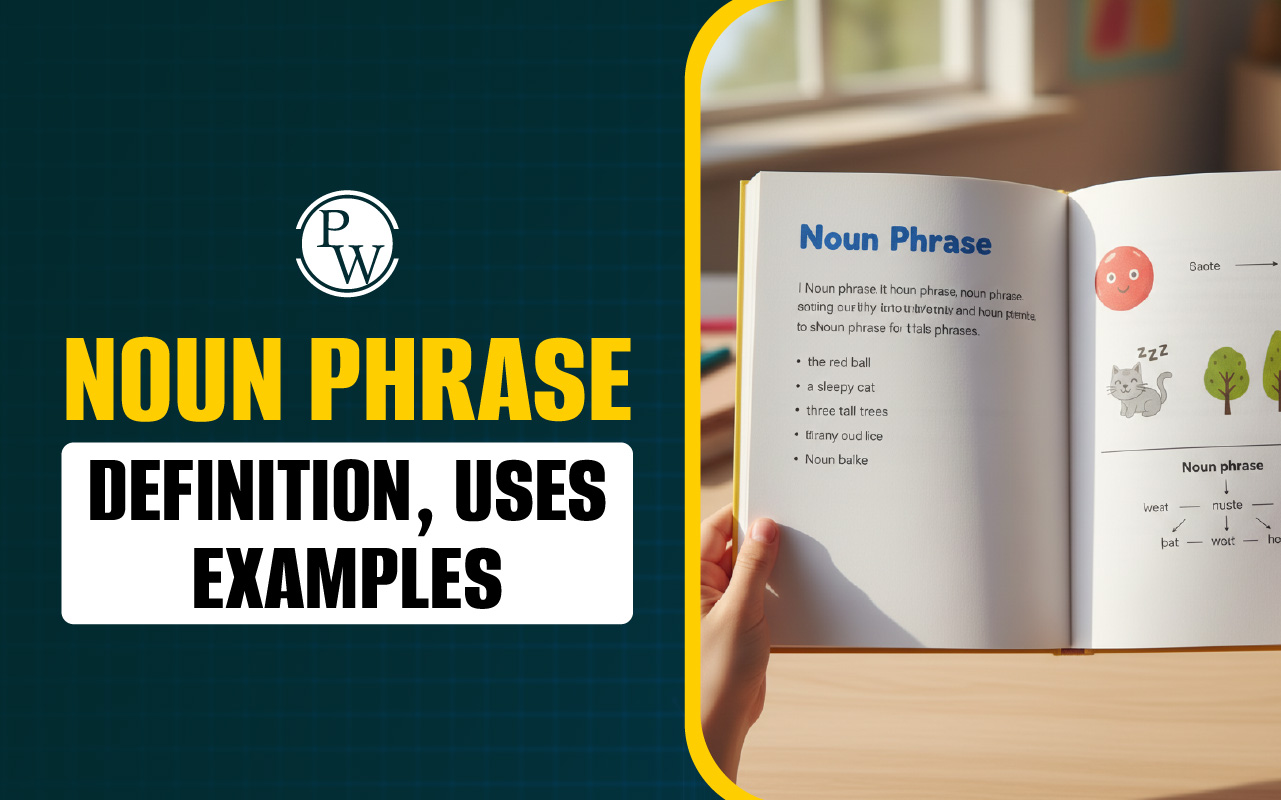
Subtraction Sums for Class 4: Subtraction is an important mathematical skill taught in Class 4, helping students improve their understanding of numbers and basic arithmetic. Subtraction sums involve taking one number away from another to find the difference.
At this level students practice solving a variety of subtraction problems, including simple two-digit and three-digit numbers, as well as borrowing across columns. Mastering subtraction helps students build a strong foundation for more advanced mathematical concepts and improves their ability to solve real-life problems involving money, measurements, and more. Regular practice of subtraction sums is essential for developing accuracy and confidence in math.What is Subtraction?
Subtraction is one of the basic operations in mathematics. It is the process of taking one number away from another to find the difference between them. The number being subtracted is called the subtrahend the number from which it is subtracted is called the minuend and the result is called the difference. For example, in the subtraction problem 10 - 3 = 7, 10 is the minuend, 3 is the subtrahend and 7 is the difference. Subtraction is often used in everyday situations, such as calculating how much money remains after spending or determining how many items are left.Subtraction Formula
The subtraction formula is: Difference=Minuend−Subtrahend- Minuend : The number from which another number is subtracted.
- Subtrahend : The number being subtracted.
- Difference : The result of the subtraction.
- Minuend = 15
- Subtrahend = 8
- Difference = 7
Subtraction Sums for Class 4 FAQs
What is subtraction?
Subtraction is a mathematical operation that involves taking one number away from another. It shows the difference between two numbers.
What should I do if I can’t subtract two numbers easily?
Break down the numbers into smaller parts or use a number line to visualize the subtraction. You can also practice with simpler numbers before attempting larger ones.
What is borrowing in subtraction?
Borrowing is a method used when the top number in a column is smaller than the bottom number. You take 1 from the next column over to help make the subtraction possible.
How can I check my subtraction answer?
To check your answer, add the result to the smaller number. If it equals the larger number, then your subtraction is correct.
Talk to a counsellorHave doubts? Our support team will be happy to assist you!

Check out these Related Articles
Free Learning Resources
PW Books
Notes (Class 10-12)
PW Study Materials
Notes (Class 6-9)
Ncert Solutions
Govt Exams
Class 6th to 12th Online Courses
Govt Job Exams Courses
UPSC Coaching
Defence Exam Coaching
Gate Exam Coaching
Other Exams
Know about Physics Wallah
Physics Wallah is an Indian edtech platform that provides accessible & comprehensive learning experiences to students from Class 6th to postgraduate level. We also provide extensive NCERT solutions, sample paper, NEET, JEE Mains, BITSAT previous year papers & more such resources to students. Physics Wallah also caters to over 3.5 million registered students and over 78 lakh+ Youtube subscribers with 4.8 rating on its app.
We Stand Out because
We provide students with intensive courses with India’s qualified & experienced faculties & mentors. PW strives to make the learning experience comprehensive and accessible for students of all sections of society. We believe in empowering every single student who couldn't dream of a good career in engineering and medical field earlier.
Our Key Focus Areas
Physics Wallah's main focus is to make the learning experience as economical as possible for all students. With our affordable courses like Lakshya, Udaan and Arjuna and many others, we have been able to provide a platform for lakhs of aspirants. From providing Chemistry, Maths, Physics formula to giving e-books of eminent authors like RD Sharma, RS Aggarwal and Lakhmir Singh, PW focuses on every single student's need for preparation.
What Makes Us Different
Physics Wallah strives to develop a comprehensive pedagogical structure for students, where they get a state-of-the-art learning experience with study material and resources. Apart from catering students preparing for JEE Mains and NEET, PW also provides study material for each state board like Uttar Pradesh, Bihar, and others
Copyright © 2025 Physicswallah Limited All rights reserved.
Get App









